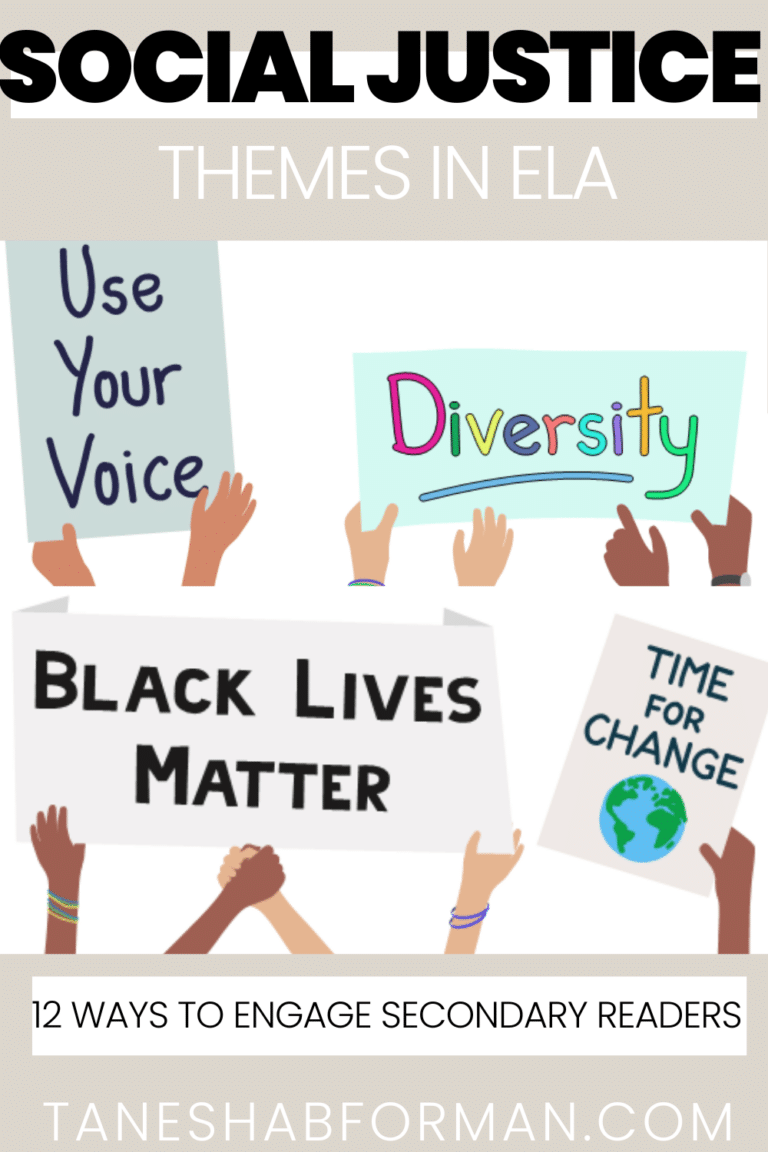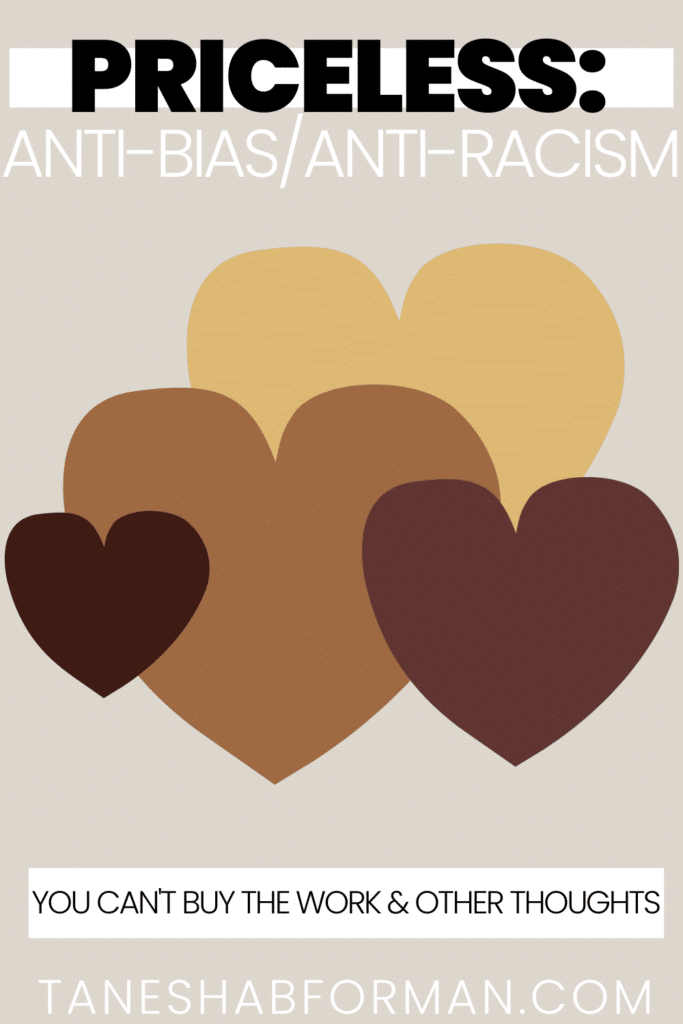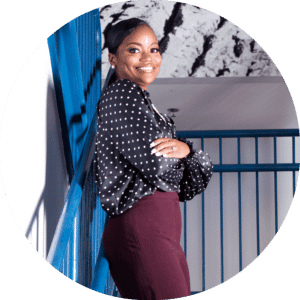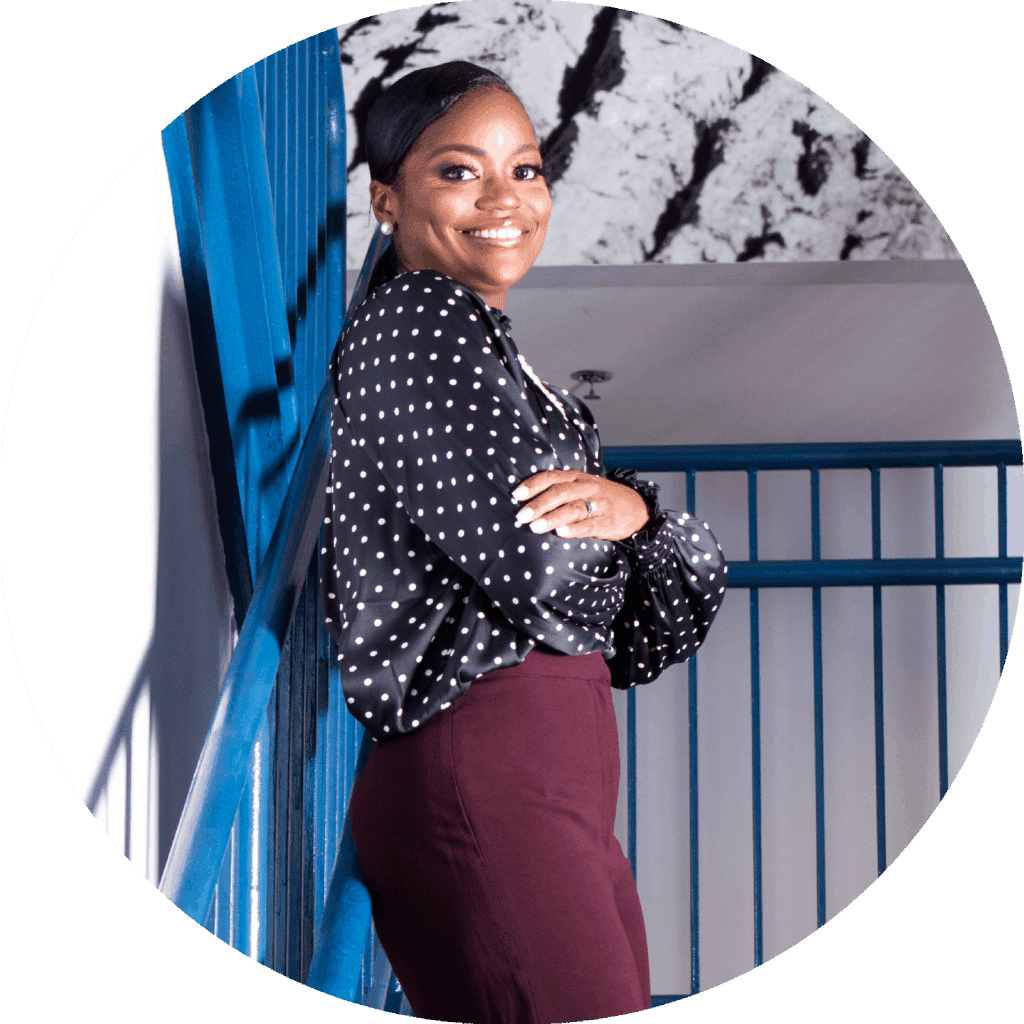
Menu

Y’all realize you can’t buy #antiracism, right? – Tiffany Jewell
There’s something about the current times that has me in my feelings and my mind more than usual. About a week ago, Tiffany Jewell (support her on Patreon) posted “Y’all realize you can’t buy #antiracism, right?” on Twitter. At first read, I nodded my head and let out a laugh. I quickly shifted to looking inward. I thought about my role as an educator in perpetuating the false narrative that anti-bias/anti-racist work was something could be packaged or sold. Have my actions been complicit in furthering this belief? Notice, where I started. I pored over my mindsets and my actions. Then I thought, if anti-racist work could be bought, I am pretty sure that Oprah, Jay-Z, and all of the Black billionaires would’ve linked up and branded it for the world. But alas, that ain’t how it works.
Important to note, I have a Teachers Pay Teachers (TpT) store that I am migrated over to my blog. Yes, I sell lessons and resources I’ve created. Why? My reasoning would take up this entire post, but do we need to talk teacher salaries? Honestly, many teachers have side hustles to fill salary gaps. From selling fingernail polish to T-shirts to working a second job, teachers do it all. For me, my gift is in creating and connecting. That said, I never want people to see me or my work as an easy button. Hence, one of the reasons I am migrating my work to my blog community. I’ve been thinking about social justice, racial justice, internalized oppression, and everything in between since I started as a teacher. Check here, here, here, here, here, here, here, and here for few of my dated posts (wink). That’s why I started this blog. I needed a place to house my feelings and wanted to build community with folx in the same spot.
Important note number two. I have failed and lost myself too many times. I’ve tried to take shortcuts, detours, and have just stopped. Internalized oppression has left me bruised, confused, and seeking validation. Most recently, I created a session for TpT that makes me cringe, but also reminds me of the work I have to do. I live in a glass house, I breathe the smog, I fall down, sometimes I can’t see the forest, but what brings me back is my ability to take a critical lens to my thoughts, actions, and beliefs. Self-examination is the key, and the only way forward. This cannot be bought.
Many times I hear people saying do the ‘work.’ I’ve broken down the work into three “priceless” categories – Self Work, Relationship Work, and Collective Action Work. Let’s explore self-work.
Mindsets and Biases. We all have biases. Our brains are processing millions of pieces of information every second. This causes our brains to group what we are processing, and as a result we develop biases (this was the quick, none psychological explanation). My working definition of bias is prejudice in favor of or against one thing, person, or group that impacts fair judgement. Biases are formed from our experiences and the messages we’ve absorbed from the world around us. We can have biases around race, religion, gender, ethnicity, or any other identity marker. We have explicit bias, or attitudes or beliefs about things, people, or groups that we are consciously aware of. We also have implicit bias, or unconscious bias. Implicit bias refers to attitudes or beliefs about things, people, or groups that impact our actions, or read of situations in an unconscious manner. These are DANGEROUS, but can be unlearned! We have invest in better understanding our biases so that we can take direct action to counter them. Data proves that implicit biases create inequitable barriers for groups to overcome. This is especially true in our schools.
As a teacher, I am always taking in information and making snap judgments (I am using “I” intentionally here). The data about Black kids in the American school system is real. Let’s review some data from the US Department of Education:
These numbers are not by happenstance. We see this same trend in our society at large when it comes to wealth, prison populations, and CEO numbers. Implicit bias, stereotypes, prejudice, discrimination, and inequity all play a role, but knowing this is why I start with myself. A few places I reflect on include:
Once I understand my tendencies and attitudes, I act. For example, I was noticing that how I viewed behaviors by my Black kids varied by skin tone and size. I was not reading situations the same when they were coming from smaller and lighter Black boys than larger and darker Black boys. With a tendency to be more negative with the latter. This level of honesty and reflection is what it takes. In thinking about my actions and delving into why something is happening, I am able to become aware and adjust/correct my actions. I do this by:
All -ing verbs. These actions are in progress and ongoing. The list could go on and on, but remember it is personal work! It can’t be bought. Yes, there are resources like books, podcasts, or journals that would be helpful with engaging in self-work, but the key lies in getting real with yourself. In summary:
Like fighting an addiction, being an antiracist requires persistent self-awareness, constant self-criticism, and regular self-examination. -Ibram X. Kendi
All Love.

Sign up and access the FREE resources to support your Anti-Bias/Anti-Racism journey.

I'm a current middle school administrator who loves breaking down complex topics and providing opportunities for educators learn, reflect, practice, and implement methods that foster equity and anti-racism. I believe we win together!


I’m a current middle school administrator who loves breaking down complex topics and providing opportunities for educators learn, reflect, practice, and implement methods that foster equity and anti-racism. I believe we win together!
©2020 Tanesha B. Forman.
All Rights Reserved.
Designed by Ashley Hughes.